What Is a Multigen Goldendoodle? [with photos]
Goldendoodles are growing in popularity as more dog lovers realize how terrific this hybrid breed is for many families and home situations. This type started by cross-breeding a Golden Retriever with a Poodle to obtain the best characteristics of both animals. So, what is a multigen Goldendoodle, and are they better than their ancestors?
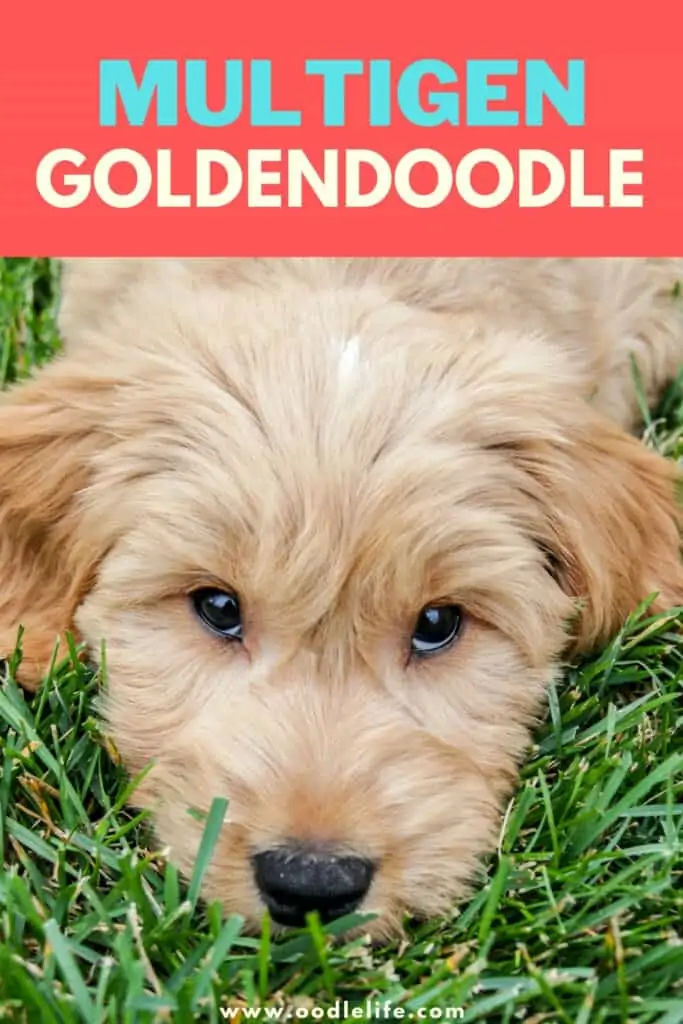
The Multigenerational Goldendoodle
Simply put, the multigen Goldendoodle is a dog resulting from breeding two Goldendoodles with several breeding lines of Goldendoodles.
These dogs will come from parents who are Goldendoodles and have Goldendoodle grandparents. If any of their bloodline in the past two generations consists of a purebred Poodle or Golden Retriever, they cannot be under the multigenerational category.
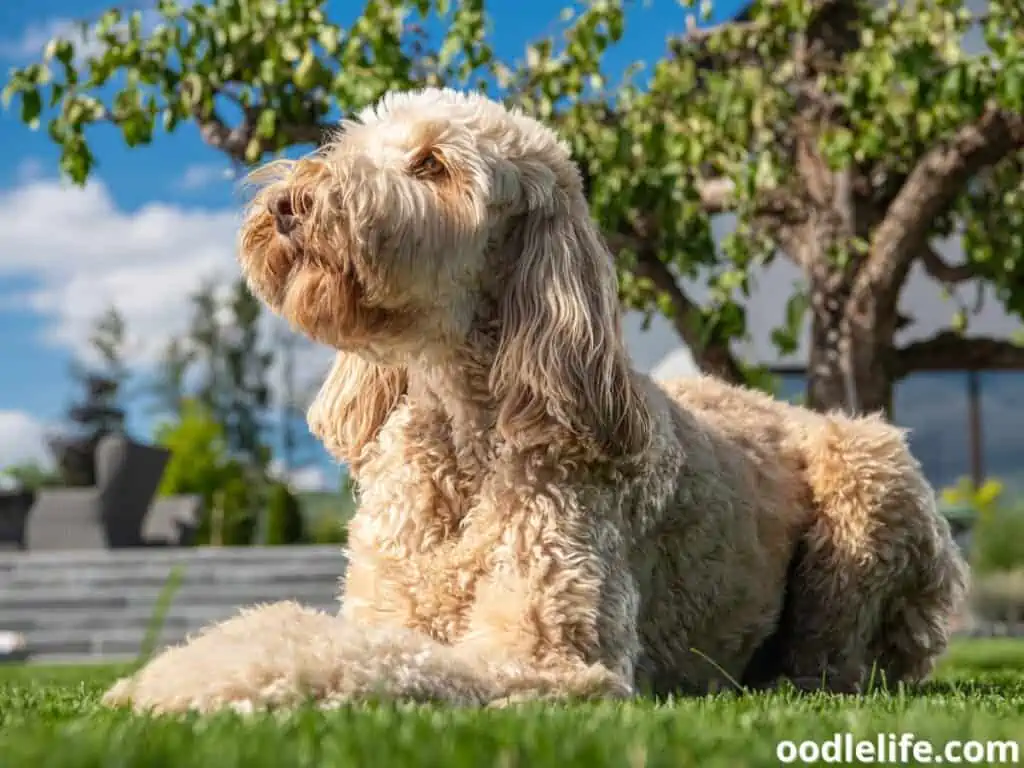
Distinguishing a Multigen Goldendoodle
Breeding hybrid dogs can be tricky, especially when exploring genetics and breeding lines. As a result, breeders will often refer to each generation with distinguishing terms to help identify and track the lines.
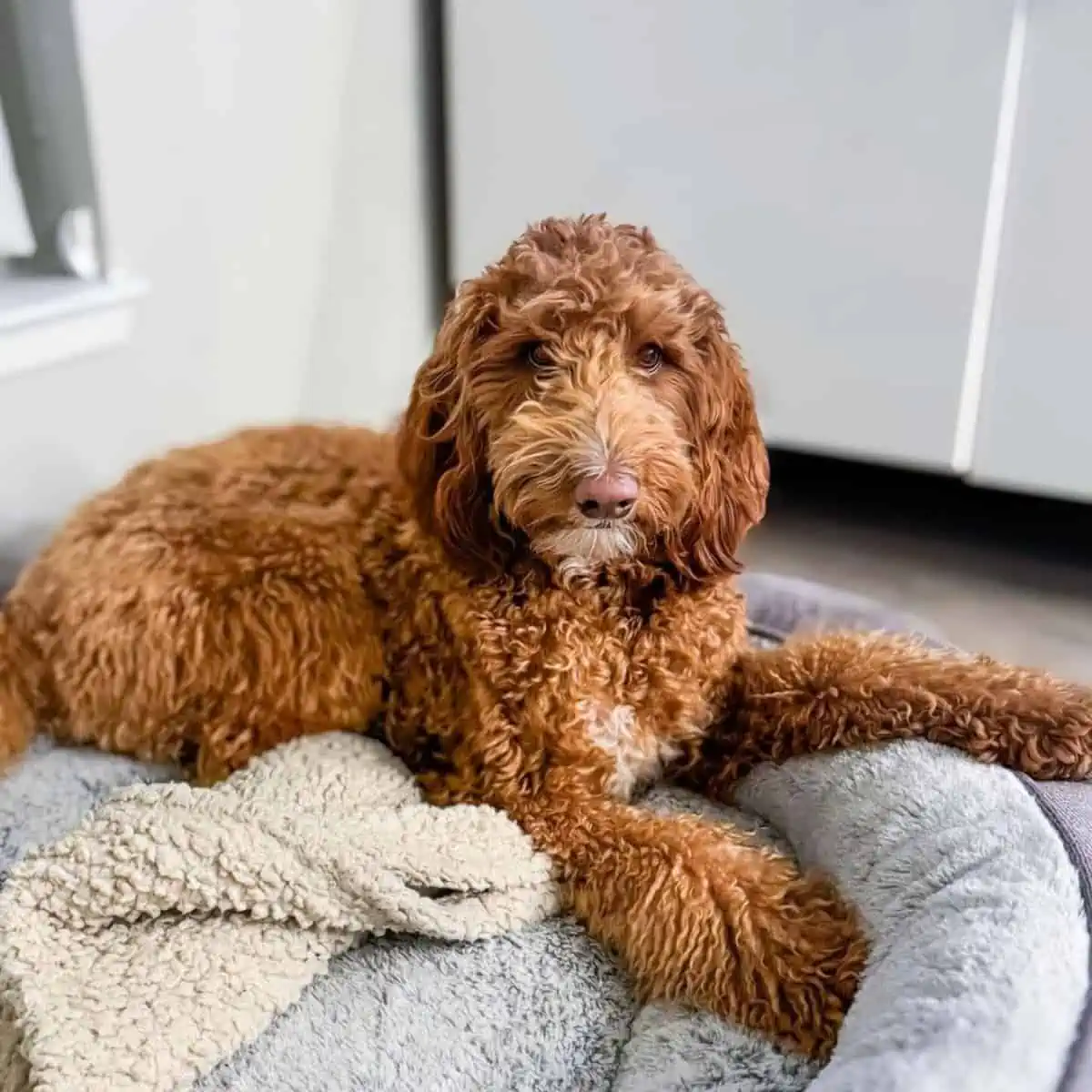
Some standard terms you will find when examining Goldendoodles include:
- P: purebred breed
- F1: breeding purebred Poodle and purebred Golden Retriever to create 50 / 50 mix
- F1B: backbreeding an F1 parent with a P parent to create a 75 / 25 mix
- F2: breeding of two F1 parents for a 50 / 50 mix of both parents
- F2B: 2nd generation backbreeding, using an F1 parent with an F1b parent
- F3: breeding two F2 parents
- Multigen: consists of breeding any F3 or more (F4+) hybrid parents
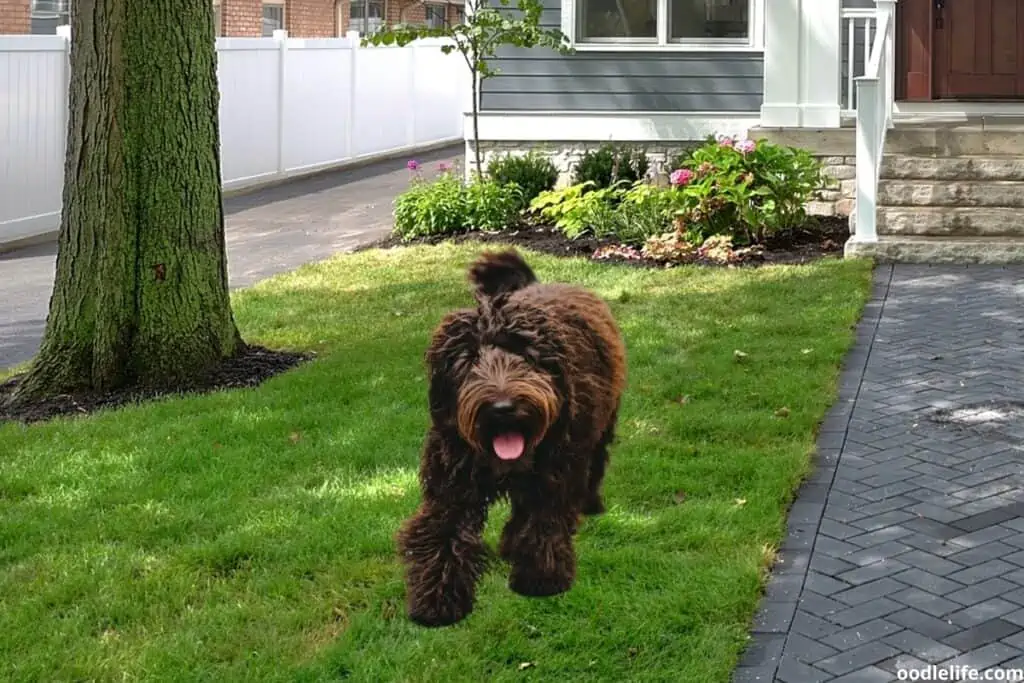
P – Purebreds
These animals will possess the specific traits of their breed and classify as 100% purebred.
F1: First Gen
These dogs will resemble teddy bears with their long wavy coat of hair. However, this generation can be hard to predict offspring even with mixing 50% of both parents.
F1B: First Gen Backbreeding
Backbreeding an F1 parent with a Poodle will help create a Goldendoodle with a more curly, non-shedding coat. This trait is often the most desirable feature of Goldendoodles for dog owners.
F2: Second Gen
These offspring will be relatively similar to puppies from the F1 breeding as they will possess 50% of both parents. However, depending on which traits stand out more with the parent, recessive genes will lessen with second gen Goldendoodles.
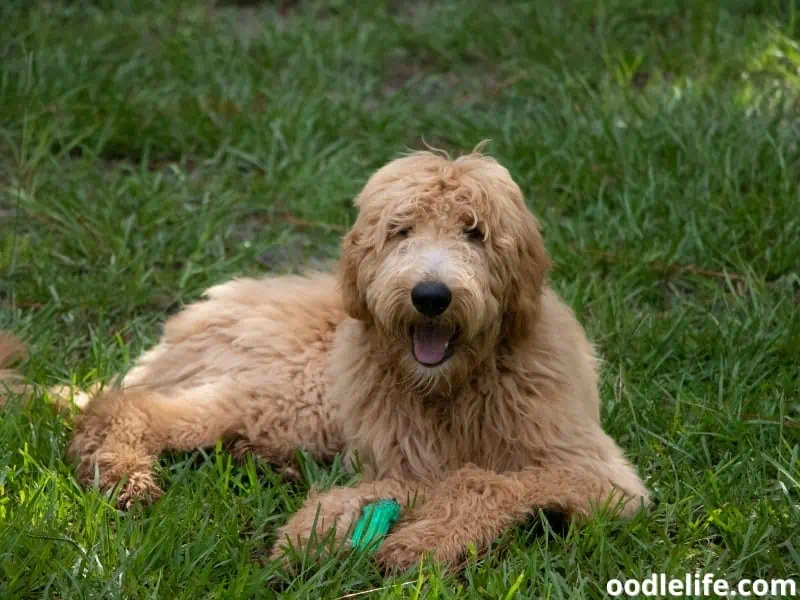
F2B: Second Gen Backbreeding
Breeders can use backbreeding methods to hone in on specific genetic lines with second generation dogs. Any offspring with an F1 and F1b parent will fall under this category.
F3: Third Generation
Breeding F2 parents will produce F3 Goldendoodles that will carry less distinct Poodle and Golden Retriever characteristics and offer a combination specific to the Goldendoodle. Third generations and beyond are typically the lower-shedding hybrids and ideal for allergy sufferers.
Multigenerational
Many breeders will consider any dog that uses F3 parents or higher a multigenerational Goldendoodle. However, the offspring can be significantly different from other multigen hybrids from alternative breeding lines due to a breeder’s preference.
As you can see, this multigen breeding process can be quite precise even when crossing breeds.
How Multigen Breeding Is Beneficial?
Many dog owners will want purebred animals to get the very best breeding lines possible in their animals. However, when creating hybrid breeds, breeders can tailor their breeding stock to help isolate specific traits and enhance favorable attributes to produce the offspring they desire.

For example, some breeders may want to use an F1 Goldendoodle with a purebred Poodle to enhance the non-shedding coat traits. However, backbreeding makes it simple to revert to other genetic lines when aiming for specific attributes.
Other breeders may focus on the Golden Retriever genes to produce a dog that carries the easy-going, fun-loving demeanor into the offspring. Although multigen breeding is not an exact science, and breeders may not know what the results will be until litters are born, it is possible to target desirable traits.
If you have any questions about your Goldendoodle’s history and gene lines, be sure to talk to your breeder about their history and genetic tracing.

What Makes a Multigen Goldendoodle Great?
So, what makes a multigenerational Goldendoodle great to have as a pet? The answer lies in their genes and the breeding process.
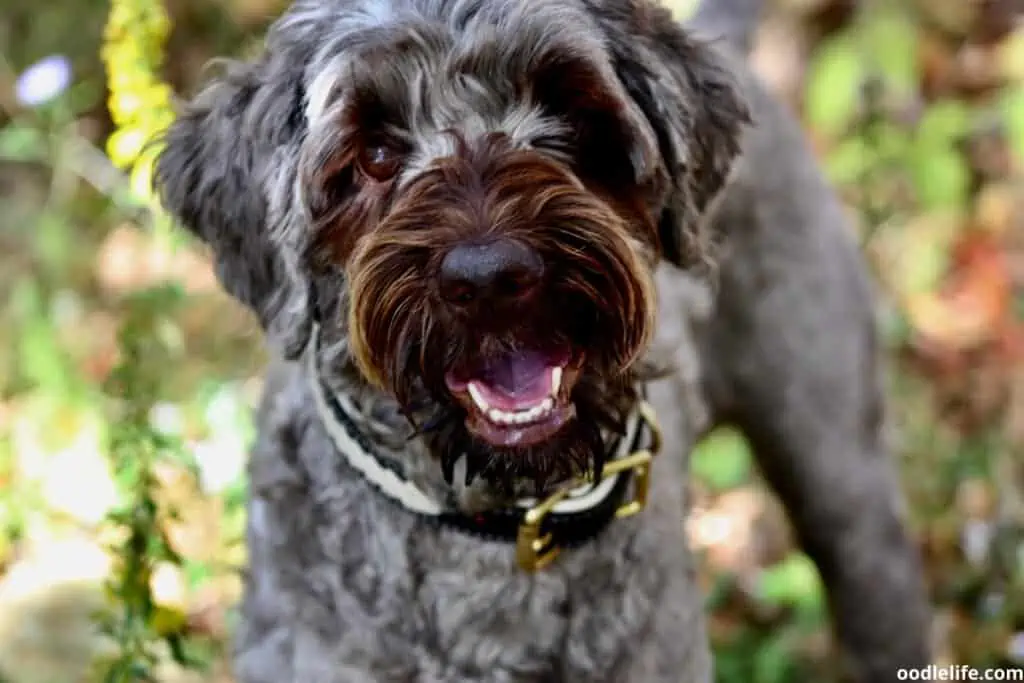
Improved Health and Longer Lifespan
Many purebred dogs are susceptible to and suffer from many health-related ailments. Some of the more prominent health issues that plague Poodles include:
- Addison’s disease
- Bloat
- Collapsed trachea
- Epilepsy
- Hip dysplasia
- Hypoglycemia
- Progressive retinal atrophy
- Thyroid issues
In Golden Retrievers, many purebreds will find an increase in these health problems:
- Cancer
- Cataracs
- Ear infections
- Heart conditions
- Hip dysplasia
- Loose knees syndrome
- Skin conditions
- Von Willebrand disease
Naturally, the further a breeding line strays from purebreds, the fewer chances of health conditions. Traditionally, examining a purebred dog’s lifespan with one that uses cross-breeding is significant.
Multigen Goldendoodles may still be prone to hip dysplasia, bloat, or other common illnesses between the two breeds. However, the further a breeder gets from purebred parents; the less common owners may find problems with their beloved pet.
Similarly, Goldendoodles may live for 15 years or longer, depending on their breeding lines. For example, a purebred Golden Retriever’s lifespan is typically between 10 and 12 years, while a purebred Poodle will live between 12 and 15 years.
So, if you want a Goldendoodle that could face fewer health problems and live a longer life, a multigen is the way to go.
The Best Choice for a Low-Shedding Dog
Multigenerational Goldendoodles can be the perfect mix of the Poodle and the Golden Retriever breeds. This hybrid dog is ideal for dog lovers who suffer from allergies to include a pet who will not bother them and still carry many loveable characteristics.
These offspring will carry the Poodle gene to produce a curly or wavy coat that will not shed or sheds minimally. So not only will there be less hair in your home, but these multigen dogs will also produce less dander, which can trigger allergies.
Enjoy the Best of Both Breeds
Multigen breeding is a beneficial way to hone in on specific traits of each dog breed to achieve the best possible combination that dog owners want in a pet. Multigeneration hybrids will possess many remarkable qualities that dog lovers wish to have in their new four-legged friend.
Goldendoodles will typically have the goofy, easy-going, fun-loving spirit of a Golden Retriever. They will also get their people-pleasing attributes and are easy to train. Alternatively, the Poodle genes in multigenerational Goldendoodles will bring high intelligence to this hybrid.
Both of these popular breeds are incredibly loyal to their owners and love water, making this hybrid a perfect combination for many homes.
How to Find a Multigen Goldendoodle?
Have we convinced you how great it is to own a multigenerational Goldendoodle? If you decide to add one of these terrific hybrid dog breeds to your home, doing some research and talking to local breeders will help you find the best dog to suit your needs.
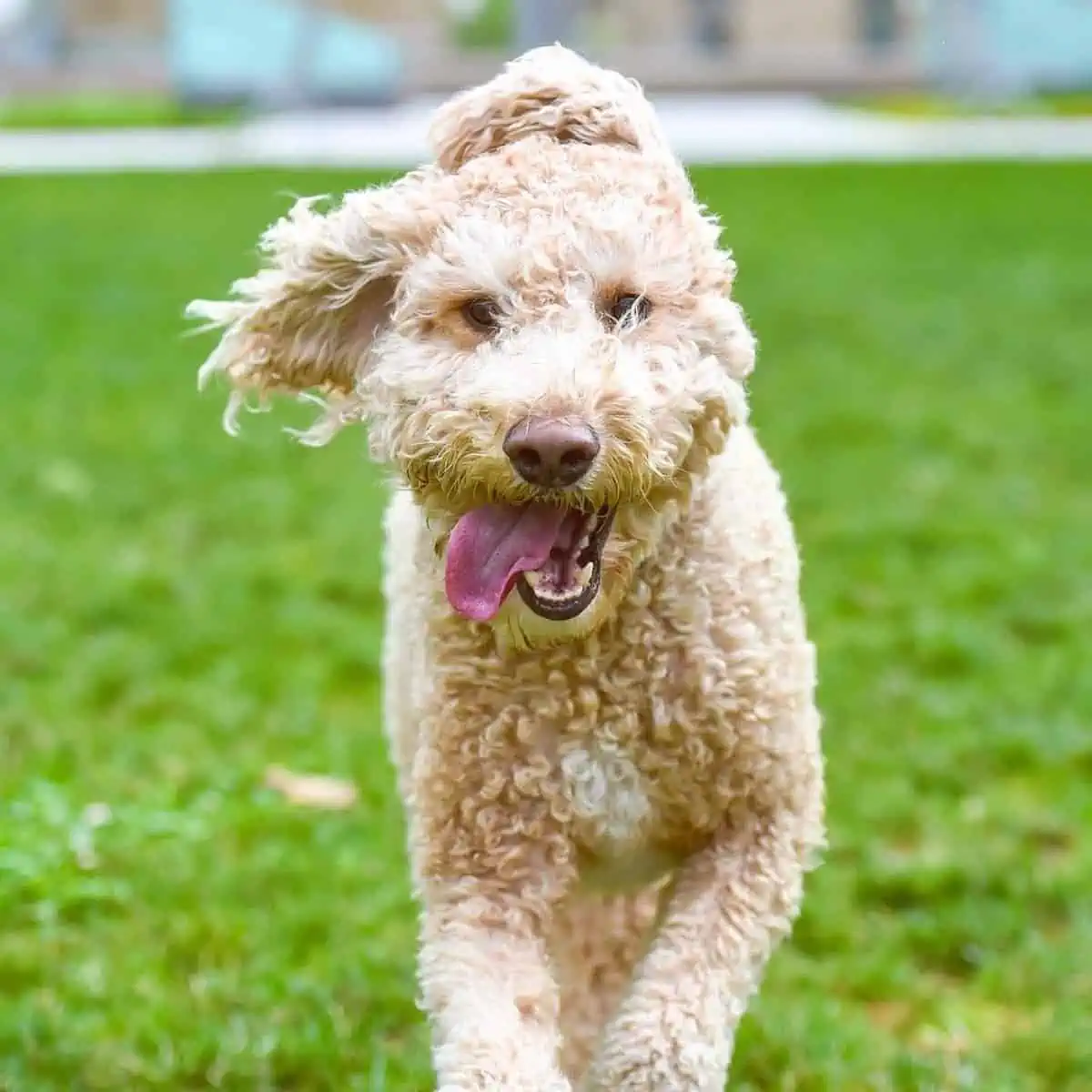
Many professional breeders ensure that when producing F3 and multigen Goldendoodles that they avoid parents with straight or flat coats. This hair type is predominant in Golden Retrievers and denotes a high-shedding animal, which can be a trait many dog owners of Goldendoodles do not want.
Talking to a potential breeder and exploring the breeding lines and what attributes they showcase in their litters can help you decide which multigenerational pup will suit you and your lifestyle. In addition, examining the litter’s parents can be a great indication of what traits the puppies may possess, although it is not a perfect science.
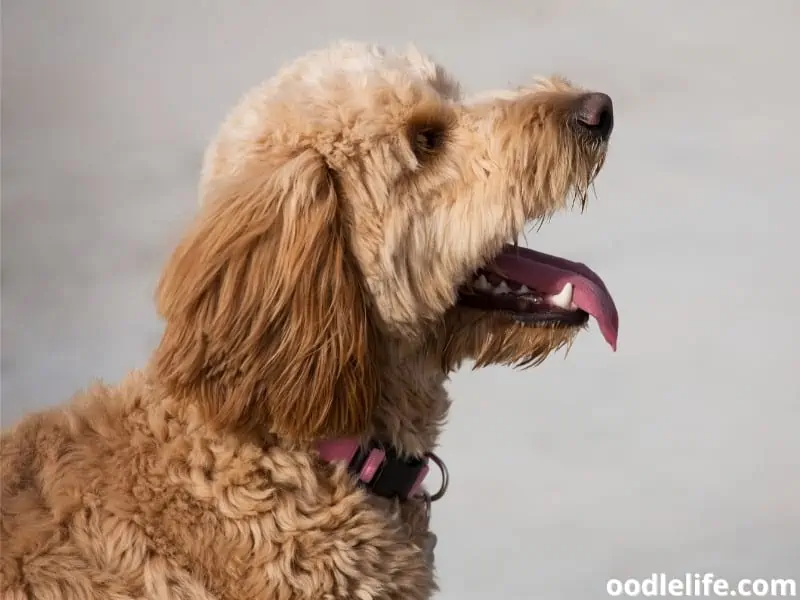
In Conclusion: Is a Multigen Goldendoodle Right for You?
Goldendoodles are a terrific hybrid dog breed that carries several attractive features from both genetic lines of Poodles and Golden Retrievers.
While there is no singular way to produce a multigen Goldendoodle, breeder will often advertise which elements are predominant with their litters. For example, some professional breeders will focus on the non-shedding aspect of Goldendoodles and use backbreeding to maintain a curly, allergy-friendly coat. In contrast, others may narrow in on the happy-go-lucky nature of a Golden Retriever.
The great thing about multigen Goldendoodles is that you will be sure to find a breeder that will have all of the best parts of this hybrid breed to suit your needs and wants. If you do not find what you are looking for with one breeder, keep searching, as this popular breed continues to evolve, and the choices are endless.